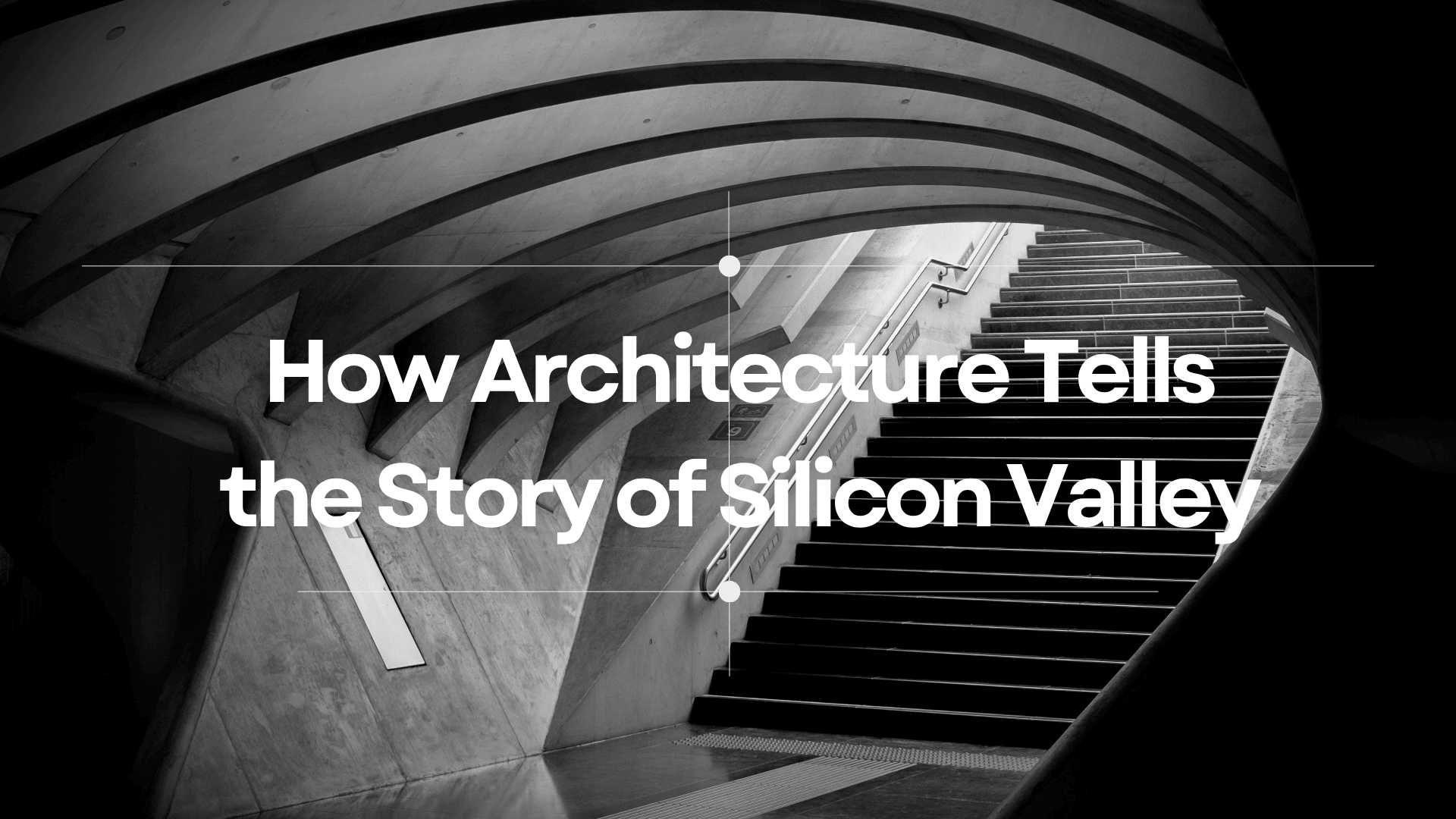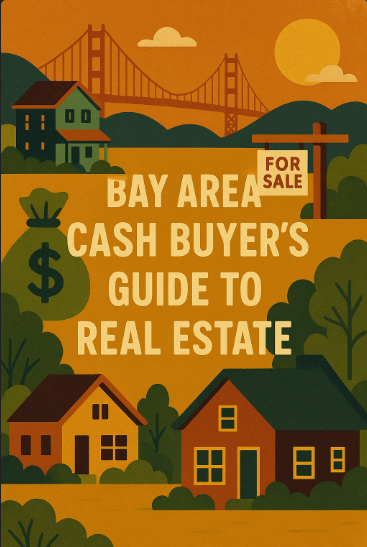Once upon a time, long before TikTok dances and Teslas clogging up the 101, Silicon Valley was a quiet orchard paradise. Apricot trees ruled the land, cows grazed lazily, and the average home had one bathroom, one fireplace, and zero Wi-Fi. Then, the tech boom happened, presenting us with how architecture tells the story of Silicon Valley. And like a well-funded startup, the Valley’s architecture pivoted hard.
The Humble Bungalow: OG Silicon Valley Housing
Back in the early 1900s, the Valley was sprinkled with Craftsman bungalows: small, symmetrical, and radiating enough charm to melt the sternest land assessor. These homes were built for families of four, a good dog, and a future with manageable mortgage payments (a concept now archived in museums), reflecting a time when architecture narrated Silicon Valley’s origins. Through these bungalows, you could see how architecture slowly unveiled the story of Silicon Valley.
Picture it: a wraparound porch, stained-glass windows, and a kitchen that could actually hold a dinner party without someone standing in the bathtub. This was the American dream, pre-IPO edition, illustrating how architecture tells the story of Silicon Valley’s transformation.
How Architecture Tells the Story of Silicon Valley? Mid-Century Modern: When the Valley Got Cool and Atomic
Then came the ’50s and ’60s, when Silicon Valley started humming with Cold War energy, optimism, and a little fear of nuclear annihilation. Enter the Mid-Century Modern: clean lines, open floor plans, and walls made of glass so you could ponder existential dread and your backyard at the same time. Mid-Century Modern architecture helps narrate Silicon Valley’s unique story during that era.
Tech’s early pioneers, engineers from HP, Intel, and Fairchild, snapped up these Eichler homes like stock options. They were spaces for brainstorming, BBQing, and letting your kids roller-skate indoors. It was innovation with a side of shag carpet.
McMansions: The Dot-Com Years Arrive
By the 1990s, the Valley was buzzing louder than a Google server farm. Money poured in like artisanal coffee at a startup brunch. Modesty left the chat.
Now came the McMansions, huge, gleaming homes that looked like Tuscan villas after one too many protein shakes. Five bedrooms? Try eight. One kitchen? Please. There’s a backup for your backup. These houses didn’t whisper success; they shouted it from their double-height foyers.
Ironically, many were built where orchards once stood. Silicon replaced soil, and millionaires replaced farmers. Still, it was a great time to own stock or land. McMansions were pivotal in how architecture tells the story of Silicon Valley, reflecting its prosperity.
Tech Zen: The Minimalist Smart House Era
Today’s architecture reflects the latest in the Valley’s evolution: streamlined, optimized, and likely voice-controlled. The modern Silicon Valley home has an open layout, a “meditation nook,” and enough smart devices to confuse HAL 9000. Architecture showcases the technological tale in Silicon Valley’s story of progress.
Outside: drought-resistant landscaping because water bills are so last century. Inside: neutral tones, solar panels, and a Peloton room. Bedrooms? Optional. Server closets? Required.
The Valley’s architecture now echoes its mindset: lean, fast, and designed for scalability. Your fridge talks to your phone, toilet greets you, and your doorbell has facial recognition. Honestly, your house may know more about your life than your therapist.
How Architecture Tells the Story of Silicon Valley? Biotech Boom: Enter the Lab-Like Luxury
As the line blurs between tech and biotech, we’re starting to see something new: homes that look less like houses and more like Apple Stores with countertops. Glass, steel, and marble dominate. Aesthetic: “CRISPR but cozy.”
Developers are now building for the bioengineer who wants a home that’s clean, sustainable, and just sterile enough to feel futuristic. Expect air-purifying walls, antimicrobial surfaces, and maybe even a personal wet lab if the HOA allows it.
In Conclusion: Our Blueprints Are Our Biography
Silicon Valley’s architecture is more than just a collection of homes, it’s a timeline of innovation, ego, hope, and a constant battle between square footage and budget. From cozy bungalows to smart fortresses, the Valley keeps reinventing itself, one open concept at a time, showing how architecture tells the story of Silicon Valley’s ongoing metamorphosis.
If you listen closely, your walls may whisper: “This house was brought to you by venture capital.”







Leave a Reply